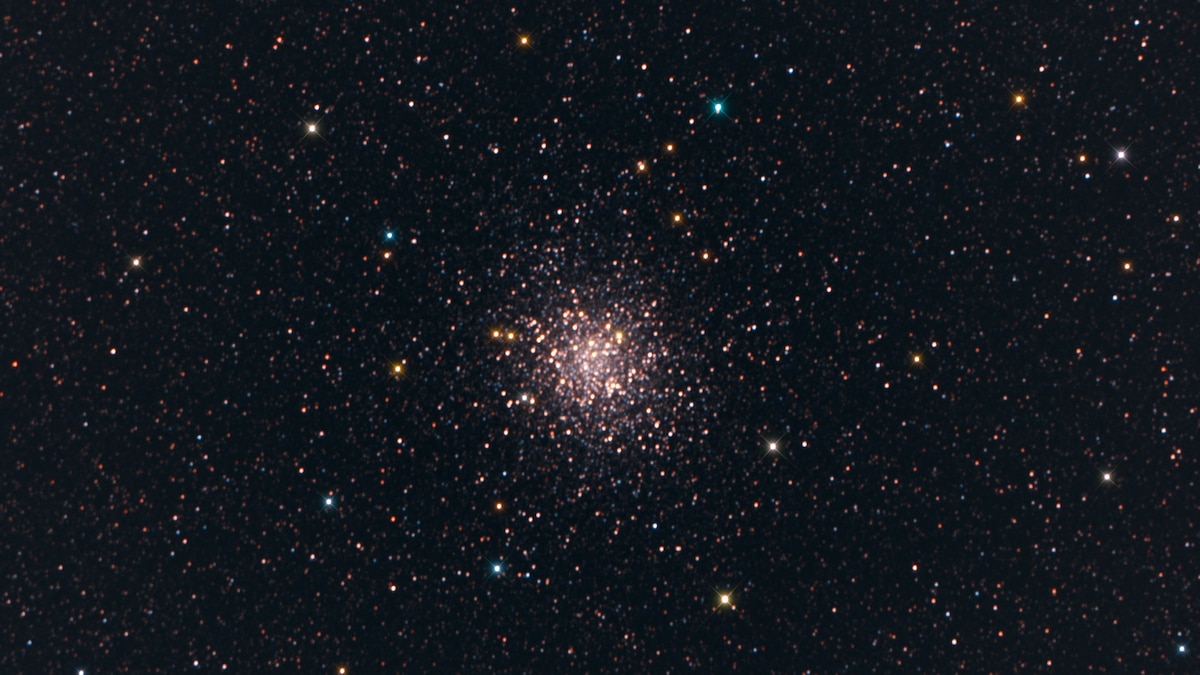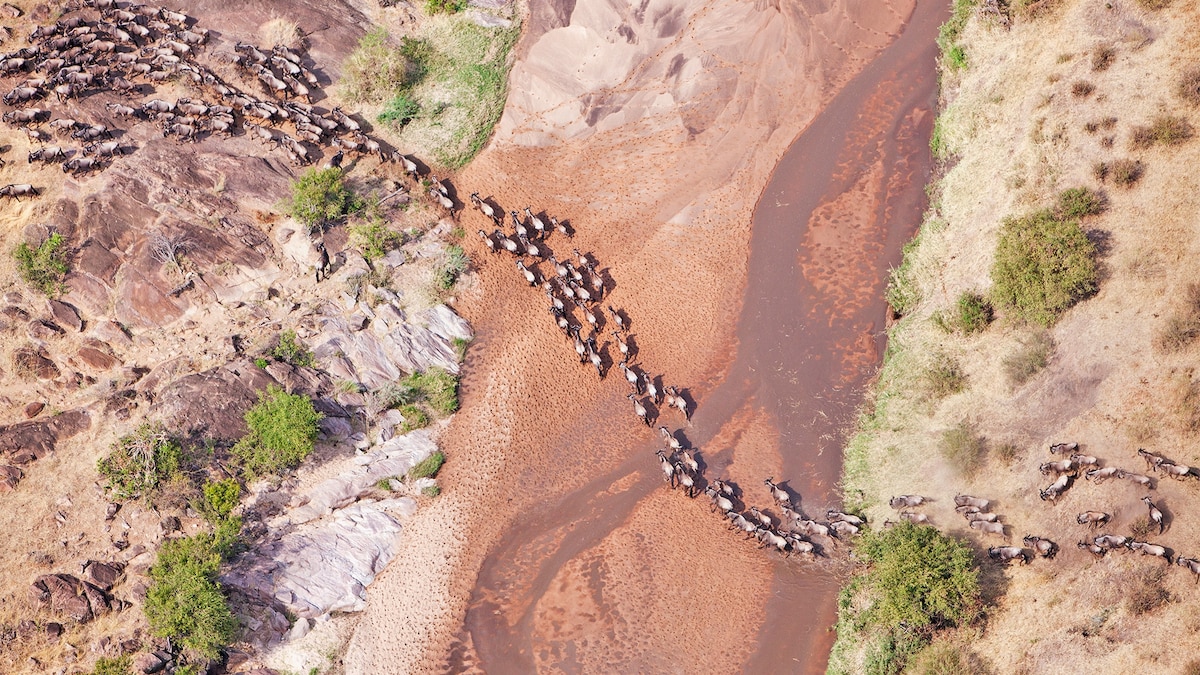Now Reading: July Skywatch: Buck Moon, Pluto Sighting, and More Celestial Events
1
-
01
July Skywatch: Buck Moon, Pluto Sighting, and More Celestial Events
July Skywatch: Buck Moon, Pluto Sighting, and More Celestial Events

Rapid Summary
- Messier 22 Cluster (July 1): A densely packed globular cluster in Sagittarius reaches its highest visibility, accessible best from southern latitudes. Observers under dark skies can spot a faint smudge with the naked eye but require binoculars or telescopes for detailed viewing.
- Mercury Visibility (July 4): Mercury, at its greatest eastern elongation, offers an excellent possibility for observation post-sunset in the west-northwest sky.
- “Buck Moon” Full Moon (July 10): Named after deer antler regrowth traditions, July’s full moon provides a vivid view of lunar features such as Tycho crater and basalt plains.

- Moon-saturn-Neptune Alignment (July 16): Predawn hours bring a visual alignment of Saturn (shining), Neptune (viewable with telescopes), and a waning gibbous moon in Pisces.

- Crescent Moon and Pleiades Cluster Proximity (july 20): The pairing offers picturesque stargazing views with binoculars framing both celestial bodies together.
- Pluto Brightest Visibility (July 25): The dwarf planet reaches perigee offering peak brightness despite necessitating advanced telescopic equipment due to distance (~3 billion miles).
– Moon-Mars Conjunction & Meteor Shower Peak:
(July various-added)*(29)
Stay Informed With the Latest & Most Important News
Previous Post
Next Post
Loading Next Post...
























